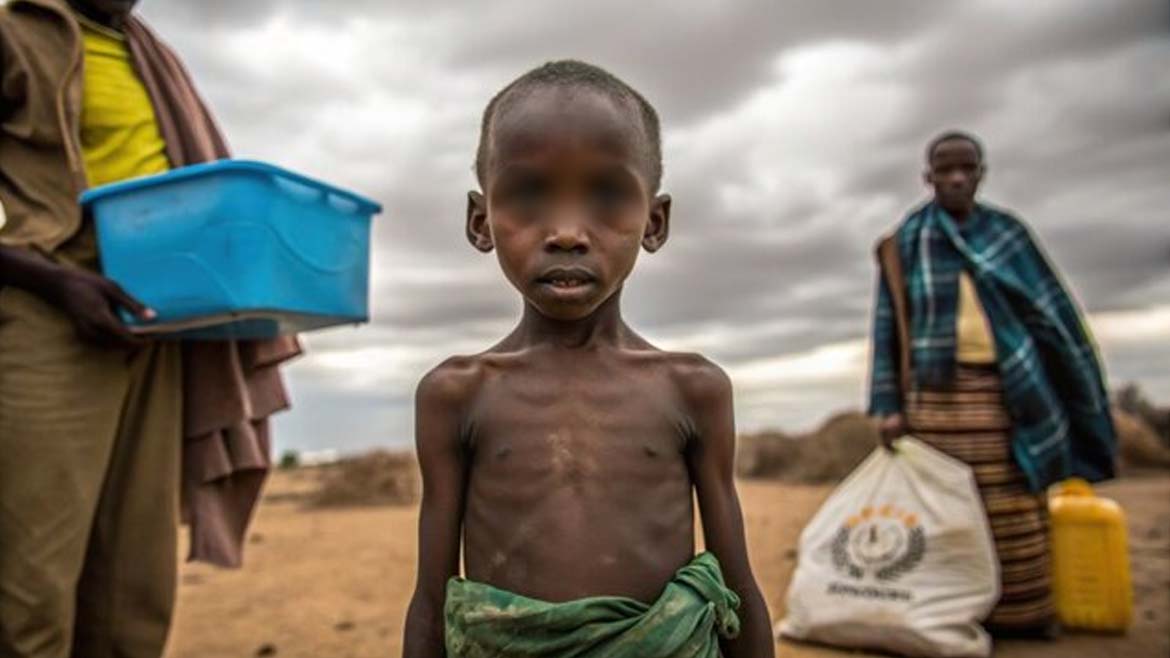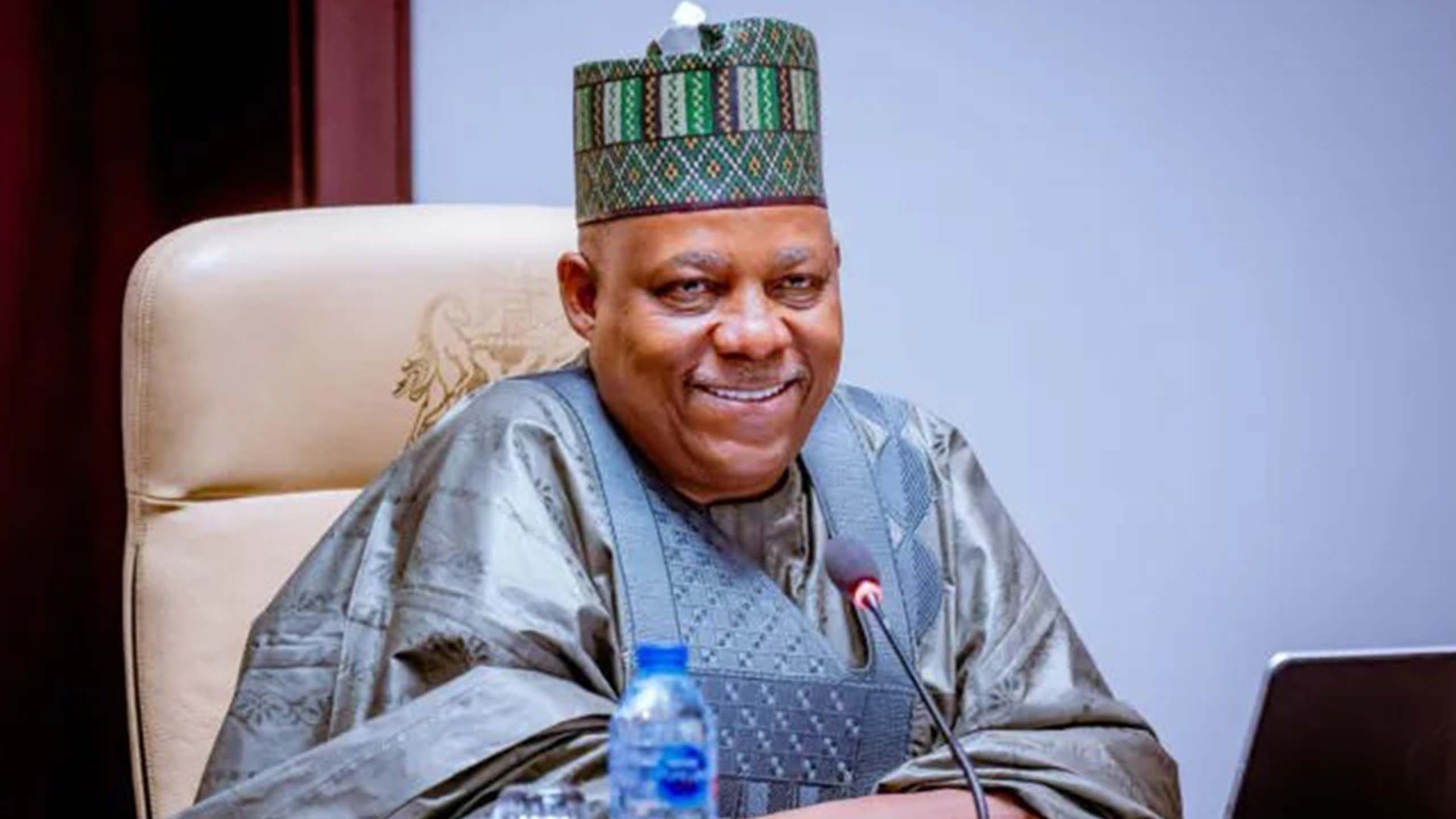
Africa faces a grave nutrition crisis, one that statistics alone cannot solve. In Nigeria, 40 per cent of children under five are stunted, and over 17 million people are food insecure (UNICEF, 2023; FAO et al., 2023; DHI, 2023). Children are not just hungry; they are unprotected and invisible. With 47 per cent of children living in income-poor households and 67 per cent trapped in multidimensional poverty, the odds are stacked against them from birth. However, beyond the data, there is a crucial factor that we must urgently highlight: communication.
In addition to the availability and affordability of food, we cannot end malnutrition without addressing sensitisation around behavioural changes, social norms, and misinformation related to food, health, and childcare. That is where communication comes in, not as an afterthought, but as a strategic tool. Effective nutrition communication educates caregivers on what to feed their children and why. It helps communities understand the dangers of pap-only diets, promotes early initiation of breastfeeding, and combats cultural taboos that limit dietary diversity.
In Tanzania, a troubling shift is emerging: growing numbers of women feel afraid or ashamed to breastfeed in public. This stigma threatens progress in promoting optimal breastfeeding practices and, if unaddressed, could undermine efforts to improve maternal and child health across Africa. A 2025 study by Koray et al. examined exclusive breastfeeding across 25 sub-Saharan countries, identifying a complex mix of individual and community-level influences. EBF was highest in Burundi (83 per cent) and Rwanda (79 per cent), and lowest in Gabon (19 per cent) and Guinea (25 per cent). The study emphasised early antenatal care, media exposure, and community support as key enablers, recommending targeted interventions rooted in culturally sensitive health communication.
In Nigeria, some mothers still discard colostrum due to outdated beliefs or conflicting advice, sometimes from poorly informed health workers. Misinformation undermines decades of nutrition advocacy, and these myths persist because communication doesn’t reach those who need it most. Mozambique’s Cyclone Idai in 2019 revealed similar issues: with over 40 languages and low Portuguese fluency, aid messages failed to reach many. A stark reminder that without tailored communication, even well-planned responses can fall short.
So, what does effective communication look like? It means planning communication as a core part of any project, not an afterthought. It means working within the broader strategy and ensuring adequate resources are dedicated to communication efforts. It means speaking in the audience’s language, using trusted local channels like community radio or influencers, and addressing cultural beliefs sensitively.
As Colle advises, every project must examine communication needs during planning, integrate them fully within the strategy, and allocate resources accordingly. This approach ensures messages reach the right people, in the right way, at the right time.
Strategic communication connects policies to people and translates nutrition science into action at the household level. As communicators, we must design with empathy, speak the language of the audience, and build consistent, evidence-based messages. If we want to change Nigeria’s alarming nutrition statistics, we must first change the conversation. Over 500 languages are spoken in Nigeria, so this risk is also there (Lewis et al., 2015).
So, what does effective communication planning look like? It should entail integrating communication into nutritional policies from the beginning, involving:
The Federal Ministry of Information and National Orientation, in collaboration with the Ministry of Health and Social Welfare, to spearhead the national communication strategy and messaging.
State Ministries of Health, local nutrition officials, and the National Orientation Agency to execute and adapt messaging to local conditions.
Media partners, faith-based organisations, women’s associations, faith and traditional leaders, who possess credible platforms inside communities.
Nutrition-focused CSOs and NGOs, such as the Nutrition Society of Nigeria, Alive & Thrive, or UNICEF, MSF, CS-SUNN, and others, to co-create and validate messaging.
Many experts have recommended many things, but this largely depends on what is available on the ground. For some, it is allocating at least 10 per cent, others one per cent of any nutrition program budget to communication. However, currently, many programs invest less than three per cent, treating messaging as a last-mile add-on. This is a false economy. Without strong communication, behaviour change won’t happen, even with the best interventions in place. The Indonesian government recognised the importance of nutrition communication and allocated significant resources to support it, both directly and indirectly through broader nutrition initiatives. The Indonesian communication strategy was based on a National Nutrition Communication Campaign, providing a compelling model.
Communication should be coordinated by a multi-sectoral task force involving:
Ministries of Health, Agriculture, Education, and Information; the Nigeria Governors’ Forum (to ensure state-level ownership); ALGON to ensure local governance and grassroots ownership; NOA, CSOs, and community media networks; and the Nigerian Communications Commission (to leverage mobile and digital infrastructure).
Such coordination ensures consistent messaging, efficient use of channels, and inclusive language strategies tailored to rural, urban, literate, and low-literacy audiences.
Language is not just a medium; it is a gatekeeper. It determines who understands and who doesn’t. Especially with our literacy level, in a linguistically diverse country like Nigeria, failing to communicate in people’s first languages creates exclusion, levels, misinterpretation, and ultimately, policy failure.
To tackle this, nutrition programs must: Develop translations in at least 10 priority Nigerian languages; leverage community radio, which reaches millions in their mother tongues; and train local communicators to co-create messages using local idioms and cultural references.
If we want to change Nigeria’s alarming nutrition statistics, we must first change how we speak, who we speak to, and in what language. And don’t get me wrong, the cost of food isn’t friendly either, but even within our means, informed choices can help us eat better. So, how about we feed the minds first, and then the stomachs will follow?
Millicent Nnwoka is a communications specialist





6 replies on “Rethinking communication in combating malnutrition in Africa”
Turkish coffee tasting August 14, 2025 at 1:37 pm
Turkish coffee tasting Felt safe and well cared for during the whole tour. https://cottoecrudo.it/?p=31440
Istanbul Archaeological Museum tour August 17, 2025 at 5:54 am
Istanbul Archaeological Museum tour Tour guides are passionate about their city. https://www.fly2.travel/?p=91463
Istanbul food guide September 2, 2025 at 12:16 am
Istanbul food guide The guide was very approachable and helpful. https://golden.nousproyect.com/?p=3053
Istanbul vacation tour September 5, 2025 at 11:09 am
Istanbul vacation tour The tour was family-friendly and easy to follow. https://hasanonen.av.tr/Soru/pamukkale-tours
Istanbul Archaeological Museum tour September 7, 2025 at 1:16 pm
Istanbul Archaeological Museum tour The experience was smooth from start to finish. https://knprimes.store/?p=5463
Istanbul traditional tour September 18, 2025 at 1:57 am
Istanbul traditional tour Istanbul tours make exploring easy. https://jananiarchitects.com/?p=1637